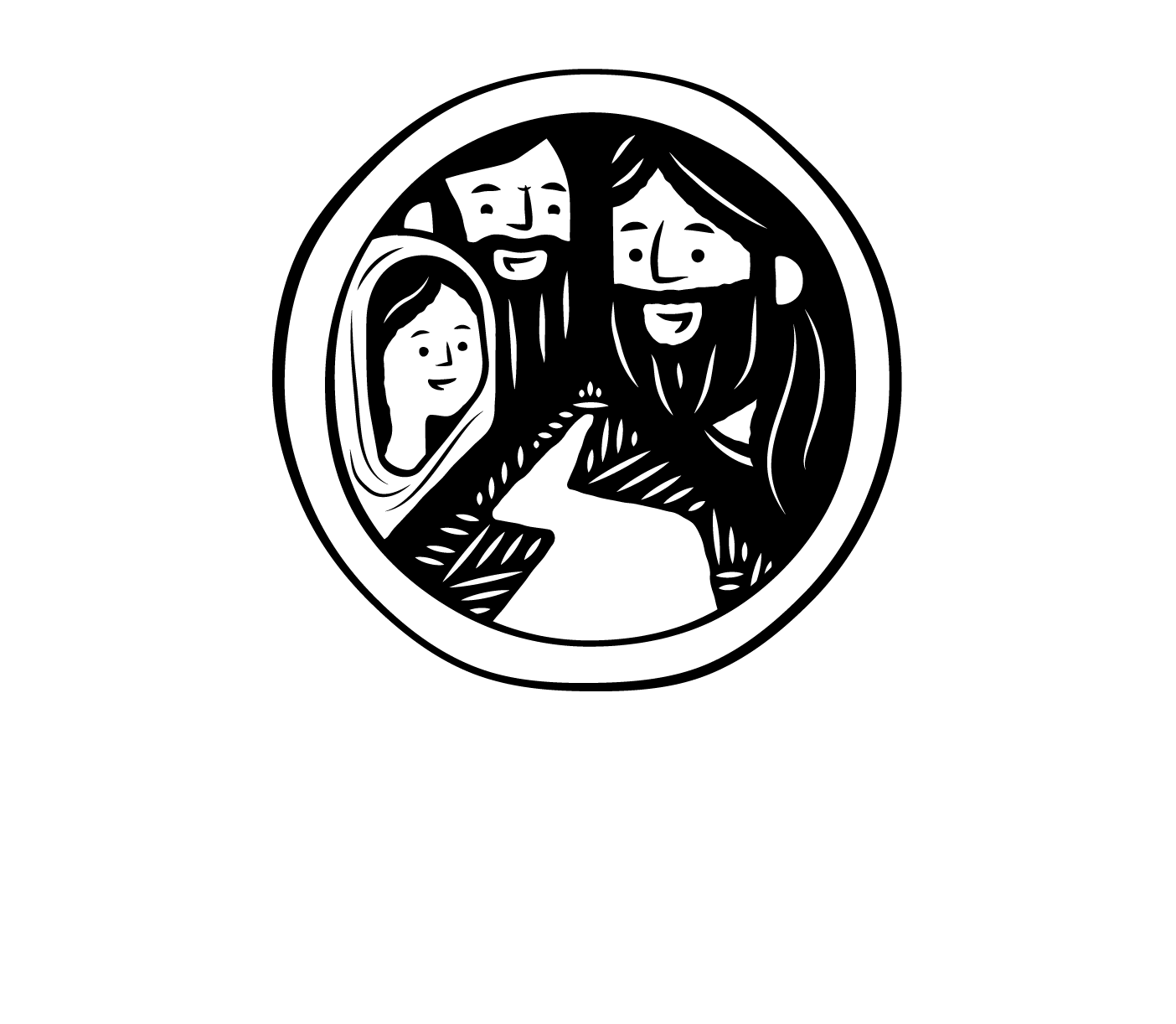Why Read the New Testament in Greek?
black and white or colour?
The difference between reading the New Testament in English (or another translation) and reading it in its original Greek is the difference between watching a black-and-white rendition of a movie and watching it in its original, multicoloured version. In black and white one still gets the movie’s basic plot, character development , dialogue and so forth. In colour, though, viewers soak in the richness, the inspiration, the beauty and the whole mood of what the director intended.
lost in translation
Some key information can get lost in translation, especially when there is a history of slanted perception in the reading of a biblical text.
Did you know that the woman who had the chronic hemorrhaging condition probably touched the tassel of Jesus’ cloak? When translators render this word as “hem,” “fringe,” “edge,” “border” and so forth, they fail to recognize a key part of what is at stake in this story — the Jewishness of Jesus!
Photo credit: Wikimedia Commons
Wall painting from the 4th-century Catacombs of Marcellinus and Peter, near Rome
Following the Narrator
Much of the New Testament consists of stories. Narrators choose their words carefully, in order to paint scenes and make links between episodes. It pays huge dividends to give attention to the way a narrator forges links through language use, including word choice.
Did you know that a special term is used in the Gospel of John when referring to the charcoal fire where Peter turns his back on Jesus? A fuller picture of Jesus’ extraordinary mercy is revealed in this Gospel, as Jesus prepares just such a fire in order to meet with Peter again, forgive him and reinstate him as a leader in Jesus’ movement.
Read more here (to be published).
me or us?
From Christian culture in North America one might get the idea that the goal of spirituality is individual piety. Songs about “my” experience and what God wants of “me” or blessings God has for “me” are not uncommon. Important as the personal focus may be, it is not the primary one in the New Testament.
Did you know that when we read the New Testament in its original Greek, we see that in the vast majority of cases there is a concern for a group that God is in the process of redeeming? This point can been seen on virtually every page! The difference is lies in the distinct ways that the English language and Koine Greek work.
Read more here (to be published).
Convinced already?







